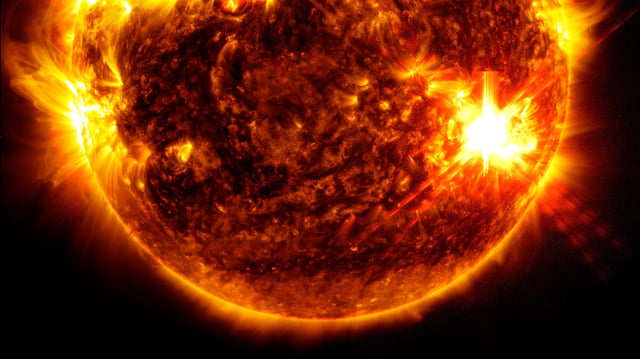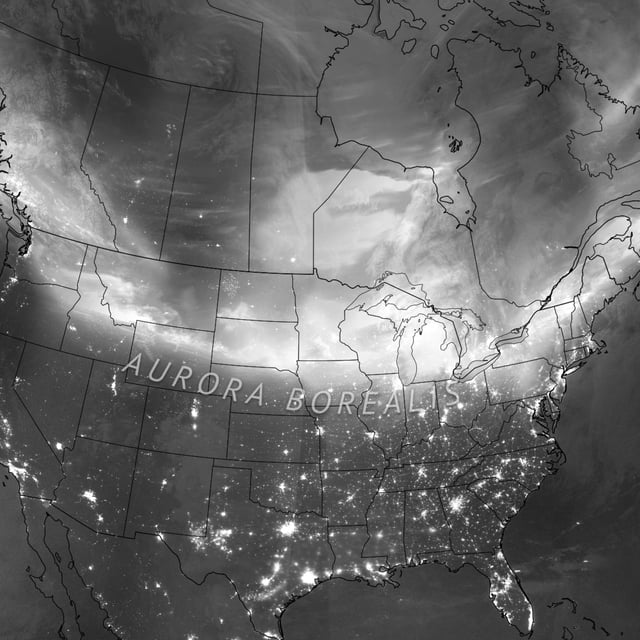Overview
- The solar storm began on May 7, with the most powerful flare occurring on May 14.
- Auroras were visible at unusually low latitudes, including the southern U.S. and northern India.
- NASA is collecting aurora photographs from the public to enhance scientific understanding.
- The storm reached a G5 rating, the highest since 2003, but caused minimal damage.
- Future missions will further study solar storms' impacts on Earth's atmosphere and infrastructure.



